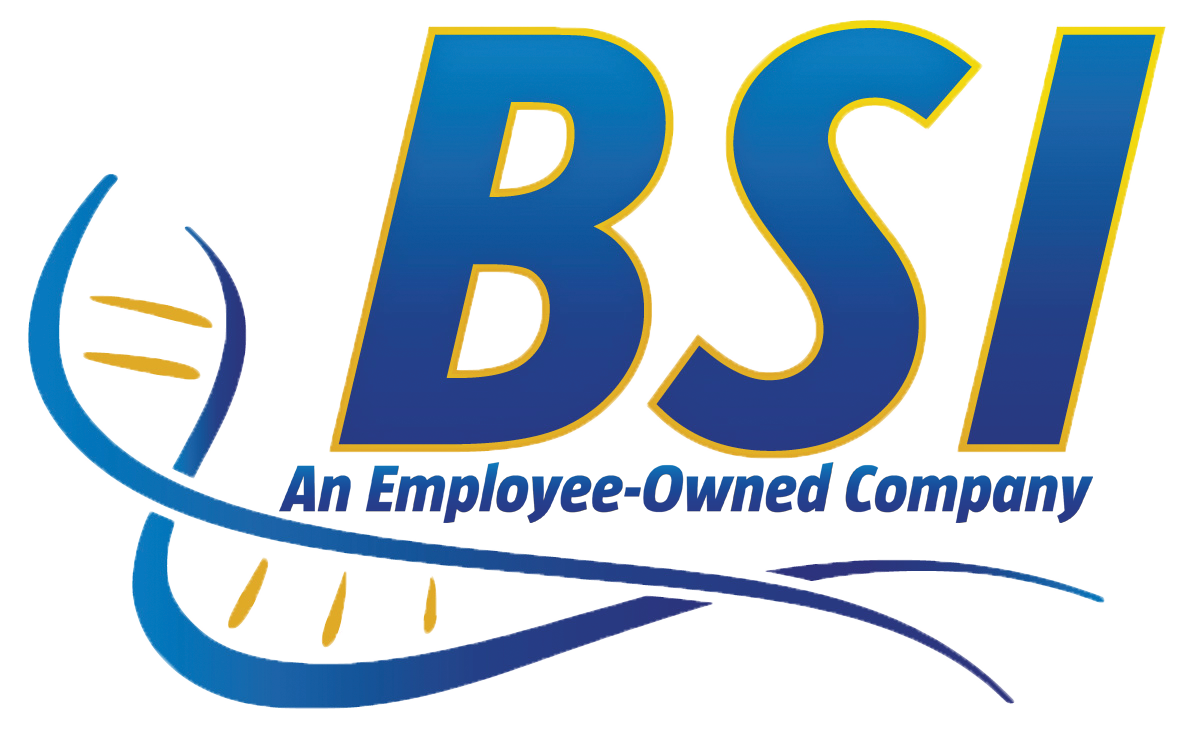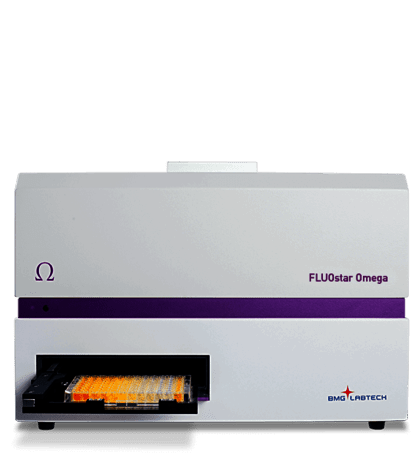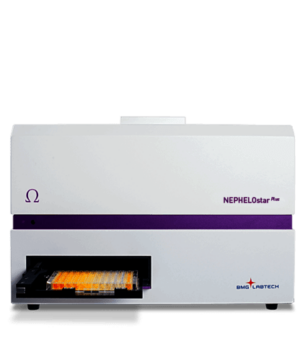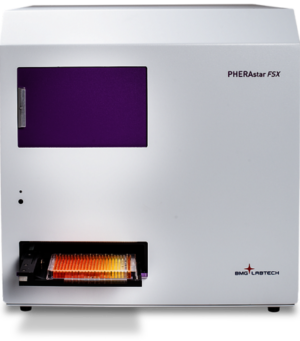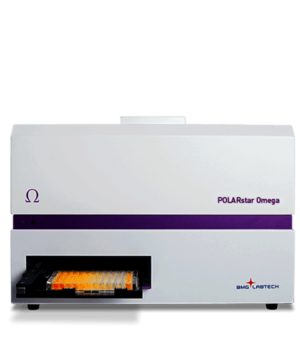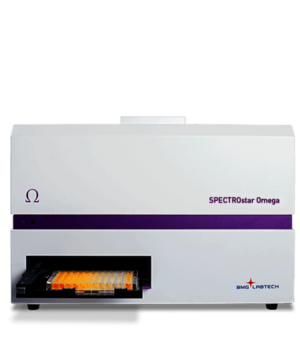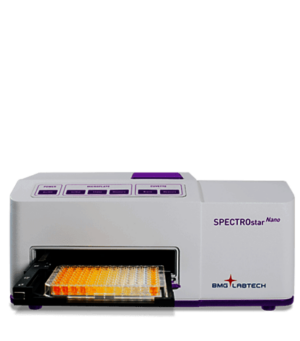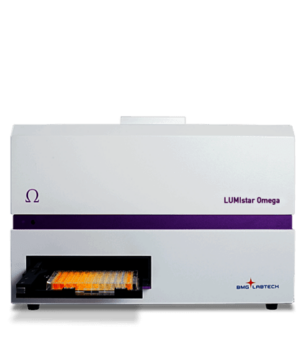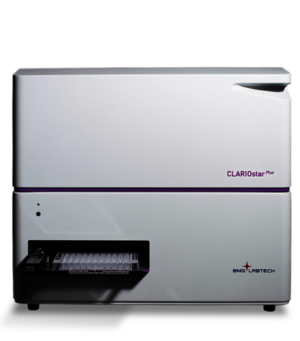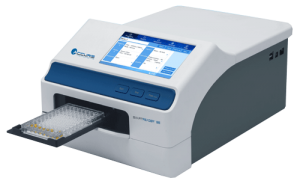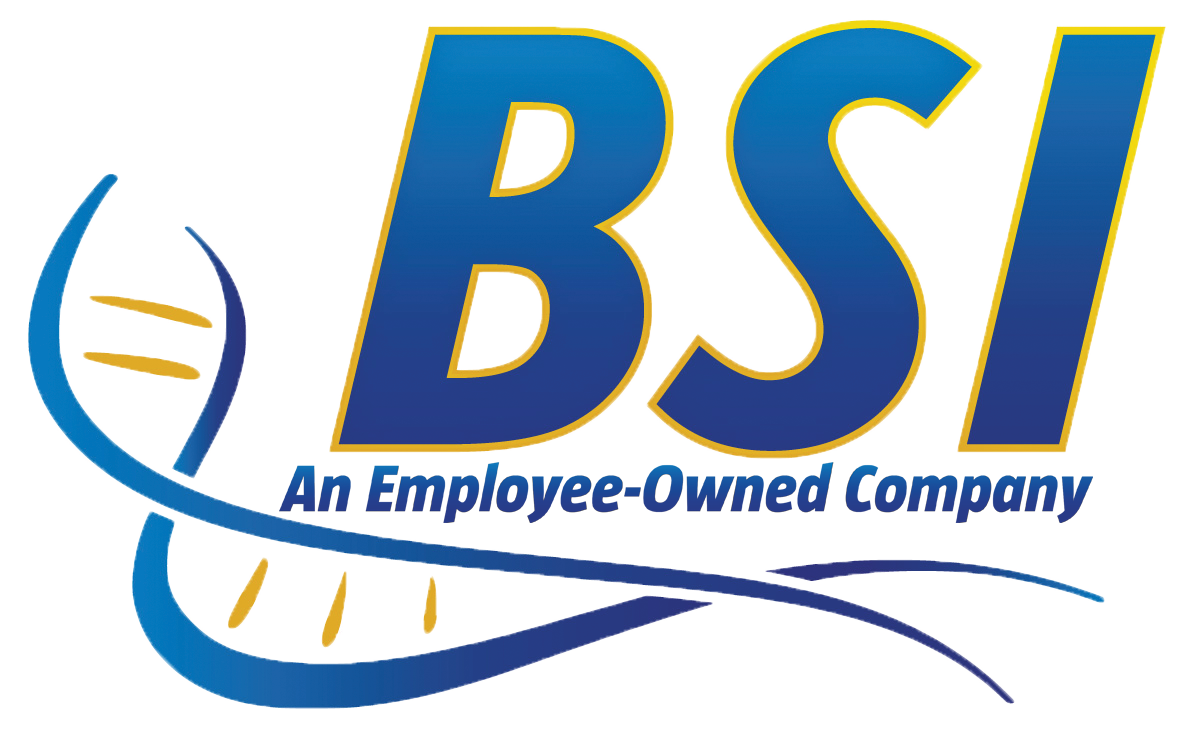-
Detection Modes
Fluorescence intensity - incl. FRET
AlphaScreen®/AlphaLISA®
Luminescence (flash and glow) - incl. BRET
Time-resolved fluorescence
TR-FRET
UV/Vis absorbance spectra
-
Measurement Modes
Top and bottom reading
Endpoint and kinetic
Sequential multi excitation
Sequential multi emission
Spectral scanning (absorbance)
Ratiometric measurements
Well scanning
-
Microplate Formats
6 to 384-well plates, user-definable
LVis Plate with 16 low volume microspots (2 μL) -
Microplate Carrier
Robot compatible
-
Light Sources
High energy xenon flash lamp
-
Detectors
Low noise photomultiplier tube
CCD spectrometer -
Wavelength Selection
Optical filters: ex and em wheels for 8 filters each
UV/vis absorbance spectrometer: full spectra or 8 distinct wavelengths in < 1 sec / well -
Optical Filters
Excitation and emission filter wheels for 8 filters each
-
Optical Path Guides
Top: liquid-filled light guides
Bottom: fiber optics -
Spectral Range
Filters 240 - 740 nm or 240 - 900 nm for FI, FP, TRF
240 - 740 nm for LUMSpectrometer 220 - 1000 nm for ABS -
Sensitivity
FI < 0.2 fmol/well FITC TRF < 30 amol/well europium High-End TRF for Omega < 3 amol/well europium LUM < 20 amol/well ATP AlphaScreen® < 5 pM (< 100 amol/well P-Tyr-100, 384sv, 20 μL) ABS
with spectrometerFull spectrum captured in < 1 s/well
Selectable spectral resolution: 1, 2, 5, and 10 nm
OD range: 0 to 4 OD
Accuracy: < 1% at 2 OD
Precision: < 0.5% at 1 OD and < 0.8% at 2 OD -
Read Times
Flying mode (1 flash)
9 s (96), 16 s (384) -
Reagent Injection
Up to 2 built-in reagent injectors
Injection at measurement position (6 to 384-well)
Individual injection volumes for each well (3 to 500 µL)
Variable injection speed up to 420 µL / s
Up to four injection events per well
Reagent back flushing -
Shaking
Linear, orbital, and double-orbital with user-definable time and speed
-
Purge Gas Vent
System to inject an atmosphere or to pull a vacuum into the reader
-
Incubation
+4 °C above ambient up to 45 °C or 65 °C
The upper heating plate of the incubation chamber operates at 0.5 °C more than the lower plate. This prevents condensation build-up on the lid or sealer.
-
Software
Multi-user Reader Control and MARS Data Analysis Software included
FDA 21 CFR Part 11 compliant -
Dimensions
Width: 44 cm, depth: 48 cm, height: 30 cm; weight: 28 kg
-
Optional Accessories
-
LVis Plate
Sample capacity: sixteen separate microdrop wells for 2 µL samples; one standard cuvette position for up to 1 mL samples.
Quality control internal standards (optional): four NIST traceable optical density filters (approximate values of 0.1, 0.3, 0.6 and 1.0 OD); one holmium oxide filter for wavelength accuracy
Dimensions: conforms to SBS standards for microplates.
-
Atmospheric Control Unit (ACU)
Actively regulates O2 and CO2 - 0.1-20%
-
Stacker
Magazines for up to 50 plates - continuous loading feature
-
THERMOstar
Microplate incubator and shaker
-
Optical Filters
Excitation and emission filters
-
Upgrades
Please contact your local representative for upgrades including options such as detection modes, reagent injectors, etc.
-
*
LOD = 3 x SD (20 blanks) / slope (6 pt std curve)
AlphaScreen® P-Tyr-100 assay kit, PerkinElmer, #6760620C
Microplates: white for LUM, AlphaScreen®, TRF; black for FI, FP; clear for ABS
96 = 96-well microplates
384sv = 384-well small volume microplates
384g = 384-well glass bottom microplates
FLUOstar Omega
Item#: FLUOstar-OmegaThe FLUOstar® Omega is a multi-mode microplate reader with six detection modes. It utilizes an ultra-fast UV/vis spectrometer or filters for absorbance as well as highly sensitive filters for all other detection modes. The FLUOstar Omega is the ideal plate reader for life science applications.
The FLUOstar Omega is a versatile multi-mode microplate reader with six detection modes: fluorescence intensity (including FRET), luminescence (including BRET), UV/vis absorbance, time-resolved fluorescence, TR-FRET, and AlphaScreen®/AlphaLISA®.

Features
- High-speed absorbance measurements
- Measurements in up to 384-well plates
- Top and bottom reading
- Incubation up to 45 or 65 °C
- User-defined shaking
- Well scanning with up to 900 data points per well
- High-precision injectors with simultaneous reagent injection and detection
- Low-volume measurements
